GIF and Politics of Space

Monument to the Folksy Dipshit by Fake Barf, made for:
The Monumental Competition by Reality Cues
In architecture, bigger has always been better. Whether in homage to the gods, heroes of war, or a beloved variety of hamburger, the monumental replica is the mode of recognition par excellence. Skipping frills and fanfare, the level of recognition has been measured first and foremost by the immensity of scale. Today, ‘going viral’ is a new standard by which the scale of influence is calculated. Here at reality cues, we want the whole shebang.
The monumental competition is about making architecture in digital, interactive, and social media, where little things can become very, very big and big things become monumental. You decide who or what needs to be memorialized in epic proportions and our jury will decide what goes viral, because let’s face it, size matters.
Reality Cues – a combination of ‘reality check’ and ‘visual cues’ – is a public experiment in communication and design. Through open competitions and invited submissions, reality cues presses architects to explore and question the techniques and conventions or tropes upon which architects rely to communicate ideas concerning space, form and use, with a special concentration on the visualization of contemporary social values systems. The goal of reality cues is to amass a collection of exemplary tropes, analyze their value, and re-disseminate them to be exploited smartly and with precision.
Founded by Archistophanes and Ben Porto

Museum of Corruption by Goran Denić, made for GIFEST 2019
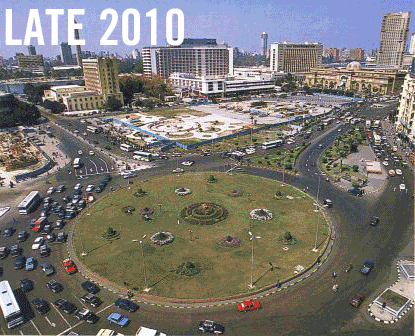
Creative Time Reports used this GIF within open call for original photographs of public spaces across the world that have served as sites of activism and agitation, taken before, during and after major political events. The GIF presents Tahrir Square, depicting the central Cairo throughway before, during, and after the 2011 protests that overthrew Egyptian president Hosni Mubarak. The open call suggested that the other sites of social struggle might include New York City’s Zuccotti Park, London’s Finsbury Square, Madrid’s Puerta del Sol or Oakland’s Oscar Grant Plaza. “We aim to present a transnational array of images that capture the diverse experiences of activists, and the myriad public spaces they have occupied and revolutionized, in the struggles against austerity, authoritarianism, corruption and inequity that have intensified worldwide in this new decade. Images may be more focused on individuals or groups, existing architecture or provisional encampments, but should showcase the transformation of public space. Please limit your submission to a maximum of 20 images.”
The animated GIF image used for the call illustrates how drastically public urban areas can change over short periods of time, and, further more, how diverse symbolism can public space gain in those circumstances. The symbolic destruction of a built site, at the time when removal, destruction and negation are constituent parts of architectural production, is evidently present to the extent when demolition is already calculated in the price of production, since the goods are made with short expiry date in order to leave place for new product to be sold. Objects are constructed having in mind the cheapest process of their demolition in not so faraway future {1}. Corporations are promoting the best methods of destruction which are less intrusive on the surrounding environment in both noise and debris levels, while hazardous materials such as asbestos can allegedly be addressed more safely. Both GIF [2] and [3] have been used as within promotional footages by corporations, first of them presenting Asarco demolition in El Paso (2013) and the other one the demolition of Kingdome Sports Arena in Seattle, being in 2010 the largest structure in world to be demolished using explosives. In urban areas these practices are in direct opposition to attempts at preserving architectural heritage.

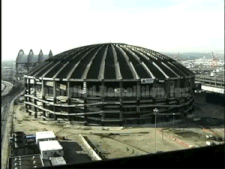
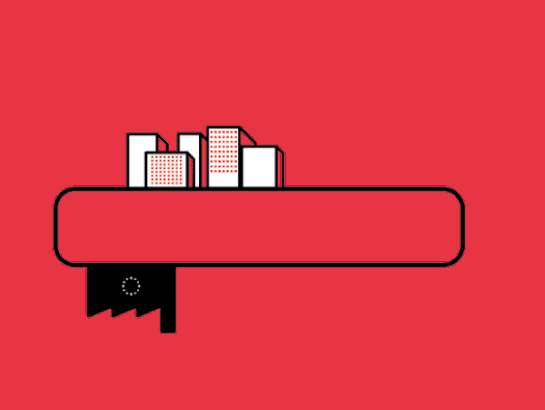
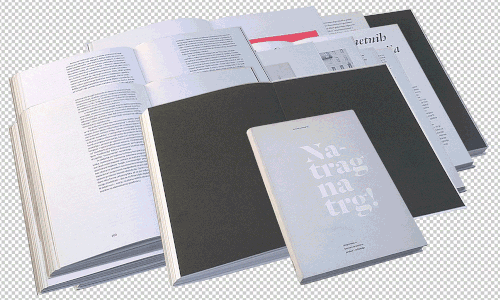
However, larger urban units, such as whole villages, towns and cities are being shortly transformed or demolished under geo-political changes. GIF animation [4] by Association Kurs is a critique on refugee crisis, discussed in further in Kurs’s publication Zidne novine. Transformation of former Ukrainian city of Logvinovo in GIF [6] gives a short, brief, clear insight into effects of war in Ukraine, from the aerial perspective which omits witnesses and survivors who could tell a story about their living there. The sight disappears as it had never been built by people or anyone’s living space. From this distanced, objective perspective, one is in the same position when viewing the demolition of Logvinovo and changes of Aleppo in just several months [7,8].
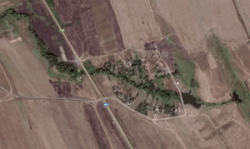
[above] Former Ukrainian city of Logvinovo
[bellow] Aleppo
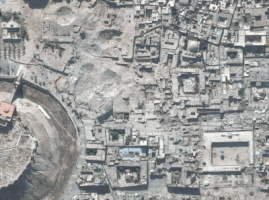
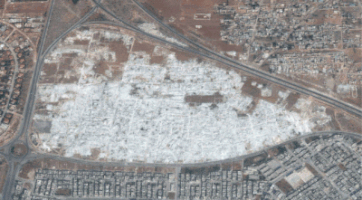
An aerial view of Boston's Back Bay neighborhood is offered in Nickolay Lamm’s animation [10] of The New York Times's series of interactive maps "What Could Disappear" in climate changes, while Rafael Merino, constructs a graphic analysis of the municipality of Salamanca (2008), declared World Heritage City in 1988 and European Capital of Culture in 2002. The animated GIF [11] depicts various diagnostic images extracted from the urban planning documents and carefully compared to the on-site reality.
Among the future oriented projects are those organised by BLOK (Local base for culture refreshment) in Zagreb, since 2001. The animation [9] presents a catalogue of the 13th Urban Festival, one of the projects initiated by the association by purpose of widening and changing public spaces through inspiring citizens participation, hybrid artistic research project focused on rethinking social phenomena and urban structure. The title “Back to the Square” sums the basic principles of the organisation and their co-workers. Another future oriented projects is Experiments in Motion which engaged architecture students at Columbia University GSAPP to work with Audi of America on a year long collaboration looking at the future of mobility in New York City.
“Street Life” by Paul Tran and Shuning Zhao in GIF [7] turns to urban mobility that exists within the walls of the building itself. “Neighborhoods could exist within one megablock, complete with its own interior system of transportation. The new vehicular system could move both horizontally and vertically, dissolving today’s ‘convenience’ of the grid and creating neighborhoods within neighborhoods.” The last animation in series presents Ralf Alwani’s project for Mitten Crab Fishery and Eel Aquaculture, with a green roof as a possible method in both politics of space and geological spatial transformations. Green roof in urban planning, seen within the context of contemporary global changes when both public spaces and cities are disappearing, can become a strong political basis for citizens and urban planners to improve societies.
SEE ALSO:
Timelapse of demolition of the Central Library in Brimingham

{1} Keller Easterling, Subtraction, Berlin: Sternberg Press, 2014
{ text Sonja Jankov }
[left] protests in Belgrade, one in series that took place in 2016
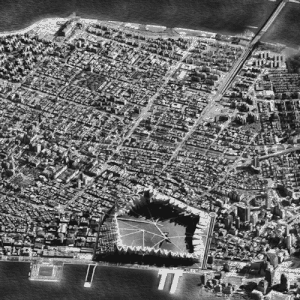



The Pop-Up House (150 m²) by Multipod Studio, Marseille in France, can be erected in just 4 days and with only a screwdriver. It is low cost and fills all the requirements for being a passive home.
